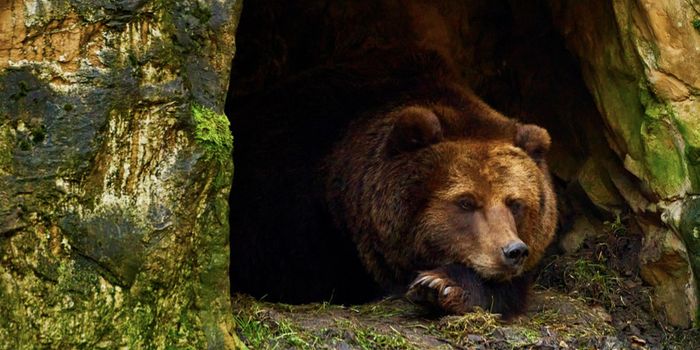Researchers Observe Vocal Learning in Bats
Bats have garnered oodles of attention in previous weeks as they’ve been identified as potential carriers of the infamous coronavirus behind COVID-19. But in addition to being rather ubiquitous carriers of viral diseases, bats are also famous for their high-pitched vocalizations, also known as echolocation.
Image Credit: Pixabay
The knowledge that bats use vocalizations often and adapt those vocalizations based on their surroundings led to one particularly interesting study conducted by teams from the Max Planck Institute for Psycholinguistics and the Ludwig Maximilians University in which researchers have identified ‘vocal learning’ in bats for the first time. Their findings were published in the scientific journal Biology Letters earlier this month.
For those unaware, vocal learning is more or less learning to produce vocalizations by mimicking the sounds of others. It’s a process known to take place as humans learn to speak in their early years, and to date, very few mammals of other varieties are known to exhibit this behavior. Those that do, including marine mammals such as dolphins and whales and large beasts like elephants, are much more challenging to study in the wild:
"It has been difficult to study this trait in mammals since so few mammals display this ability, and those that do (whales, dolphins, seals, and elephants) cannot easily be used for neurobiological and genetic studies," explained Ella Lattenkamp, the lead author of the paper.
Related: The unusual microbiomes of bats and birds
Understanding these challenges at a familiar level, the researchers turned their attention to alternative mammals, and the humble pale spear-nosed bat seemed to fit the bill nicely as it’s a particularly social animal that spends much of its time vocalizing. Fortunately, choosing to study this particular animal turned out to be a fruitful endeavor, as the researchers found precisely what they were looking for.
The research involved spending nearly one-months’ worth of time training six of these bats to listen and respond to digital playback of other bat calls. Notably, these other calls were of a different frequency than the pale spear-nosed bats, which was a key factor in discerning whether they would be able to replicate and reproduce these slightly different vocalizations.
Upon recreating the different sounds correctly, the researchers rewarded the bats with a tasty treat. It didn’t take long before most of the bats learned to vocalize similarly to the sounds they were hearing. As it would seem, the bats were just as proficient of this unique capability as other known intelligent animals.
The researchers are hopeful that by studying this effect on mammals in-depth and understanding the genetic and neural mechanisms at play, we just might be able to learn more about vocal learning and speech issues in humans. Luckily, there are lots of bats in the wild, and potentially other mammals that are capable of this ability that we simply don’t know about yet.
Source: Radboud University, Biology Letters









